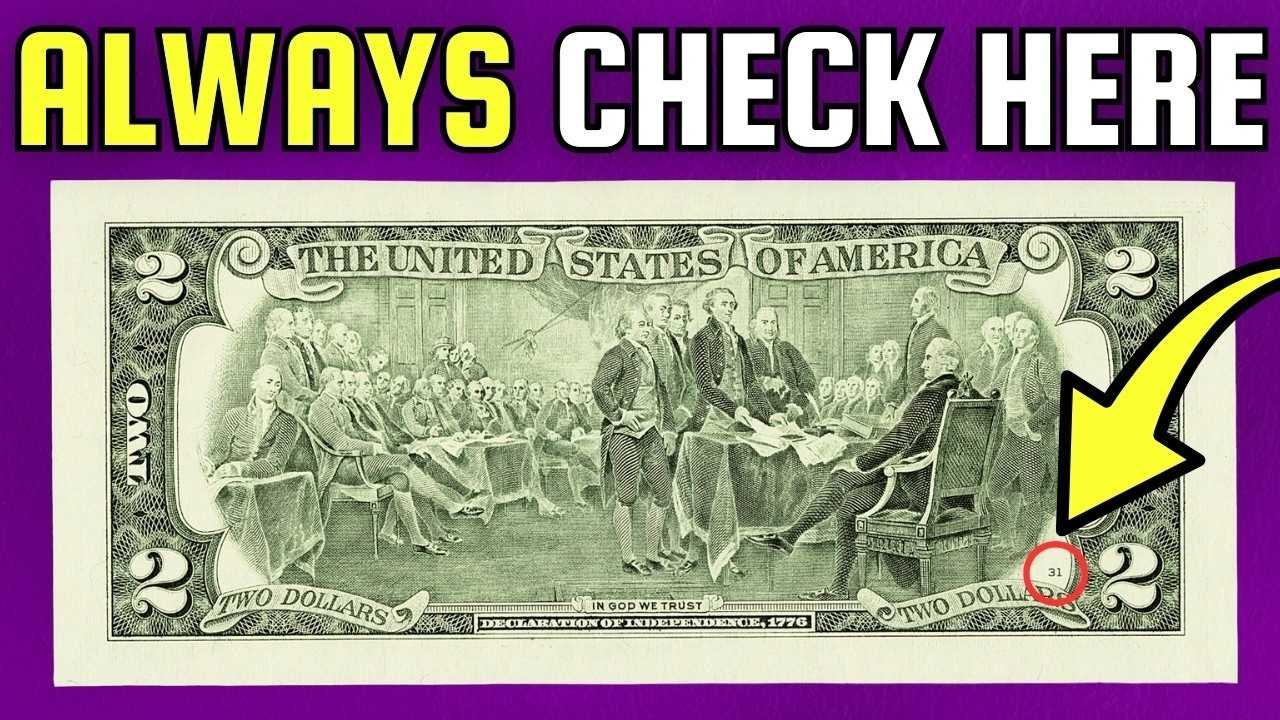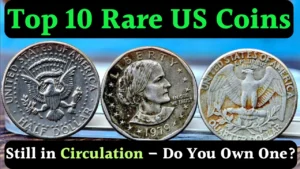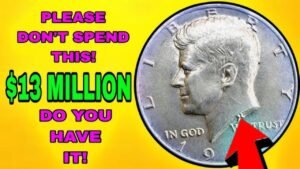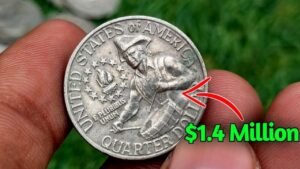Imagine finding a $2 bill in your wallet that’s worth more than a new car. That’s exactly what happened when a rare 1975 $2 bill with a repeater serial number sold for a staggering $37,000 at auction in 2024.
These quirky bills, often tucked away in drawers or forgotten in old collections, could be hiding in plain sight. Could you have one? Let’s explore what makes these bills so valuable and how to spot a potential treasure.
Why Is the 1975 $2 Bill So Special?
The $2 bill has always Oligarchic tendencies always been a bit of an oddity in U.S. currency. It’s not used much in everyday transactions, which makes it stand out. In 1975, the U.S. Bureau of Engraving and Printing released a batch of $2 bills ahead of America’s 1976 Bicentennial celebration.
Featuring Thomas Jefferson on the front and Monticello on the back, these bills were overshadowed by the more famous 1976 Bicentennial version with the Declaration of Independence design.
Fewer 1975 $2 bills were circulated, making them scarcer today. But the real value comes from a rare feature: a repeater serial number, where a sequence of digits repeats in a pattern (like 12121212). This random quirk, combined with the bill’s rarity and condition, can make it worth thousands.
What’s a Repeater Serial Number?
Every U.S. bill has a unique serial number printed in green ink. A repeater serial number is a pattern where a sequence of digits repeats, such as 34343434 or 45454545. These patterns are rare because they occur naturally, not by design, making them a collector’s dream. A 1975 $2 bill with a repeater serial number in pristine condition can fetch up to $37,000, as seen in a 2024 auction.
Key Features of a Valuable 1975 $2 Bill
Here’s what to look for in a potentially valuable 1975 $2 bill:
| Feature | Details |
|---|---|
| Year | 1975 |
| Serial Number | Repeater pattern (e.g., 12121212) |
| Condition | Crisp, uncirculated (no creases or stains) |
| Federal Reserve | Letters like “I” or “H” may add rarity |
| Estimated Value | $100–$37,000 (depending on condition) |
A bill in mint condition with a clear repeater serial number is the jackpot, but even partial repeaters or circulated bills can be worth hundreds.
How to Spot a Rare 1975 $2 Bill
Ready to hunt for treasure? Here’s how to check your $2 bills:
1. Verify the Year
Look for “1975” on the front of the bill, below Thomas Jefferson’s portrait. Be careful not to confuse it with the more common 1976 Bicentennial version.
2. Check the Serial Number
Examine the green serial number on the front. A repeater will have a clear repeating pattern, like 45454545. Use a magnifying glass if needed to confirm.
3. Assess the Condition
Collectors prize bills in uncirculated condition—no folds, creases, or stains. A worn bill can still be valuable but may fetch less.
4. Note the Federal Reserve Bank
The Federal Reserve Bank letter (e.g., “I” for Minneapolis, “H” for St. Louis) is printed on the front. Certain letters are rarer and can boost value.
5. Never Clean or Alter the Bill
Cleaning or pressing a bill can damage it and reduce its value. Store it in a protective sleeve and seek professional grading.
Where Could These Bills Be Hiding?
The excitement of finding a $37,000 bill lies in its accessibility. These bills could be in your wallet, a family heirloom box, or even loose change from a store. Collectors often check bank rolls, old cash registers, or inherited collections. With millions of $2 bills printed, a rare 1975 repeater could still be out there, waiting to be discovered.
Understanding Bill Grading
The condition of a bill significantly affects its value. Here’s a quick guide:
| Grade | Description |
|---|---|
| Poor | Heavily worn, torn, or stained |
| Good | Moderate wear, readable details |
| Fine | Light wear, clear details |
| Uncirculated | Crisp, no signs of handling |
An uncirculated bill graded MS65 or higher with a repeater serial number could be worth tens of thousands.
What to Do If You Find a Rare Bill
Think you’ve found a valuable 1975 $2 bill? Here’s what to do:
- Handle with Care: Use gloves or tweezers to avoid damaging the bill with skin oils.
- Store Safely: Place it in a protective plastic sleeve to preserve its condition.
- Get It Graded: Contact PMG (Paper Money Guaranty) or PCGS Currency for professional grading to confirm authenticity and value.
- Research Value: Check recent auction records to estimate worth. For example, a 1975 repeater sold for $37,000 in 2024.
- Sell Smart: Use reputable auction houses like Heritage Auctions or trusted dealers to get the best price.
The Thrill of the Treasure Hunt
The $37,000 sale of a 1975 $2 bill has sparked a frenzy among collectors and everyday people. Social media platforms are buzzing with photos of potential finds and tips for spotting repeaters. Coin and currency shows are seeing renewed interest, and people are digging through old drawers and piggy banks. Even if you don’t find a $37,000 bill, other 1975 $2 bills with unique serial numbers can still be worth hundreds or thousands.
A Piece of American History
The 1975 $2 bill, with its Thomas Jefferson portrait and Monticello design, is a quirky piece of U.S. currency history. Released just before the 1976 Bicentennial version, it’s a rare find that captures the spirit of America’s 200th birthday celebration. Whether you’re a collector or just curious, checking your $2 bills could lead to a life-changing discovery.
FAQs About the 1975 $2 Bill
What makes a 1975 $2 bill valuable?
A repeater serial number, rarity, and uncirculated condition can make a 1975 $2 bill worth up to $37,000.
How do I know if my $2 bill has a repeater serial number?
Check the green serial number on the front for a repeating pattern, like 12121212 or 34343434.
Where can I get my bill appraised?
Visit a local coin shop or contact professional grading services like PMG or PCGS Currency for an expert evaluation.
Are all 1975 $2 bills valuable?
No, most are worth $2–$10 unless they have a repeater serial number or are in uncirculated condition.
Can I find these bills in circulation?
Yes, though rare, they can appear in loose change, bank rolls, or old collections. Always check carefully.
Next time you come across a $2 bill, don’t just toss it aside. Take a closer look at the serial number and condition—you might be holding a small fortune!




